|
By Jessica Fliginger Field Technician “One of my daily pastimes when the snow is on the ground is to take up some trail early in the morning, and follow it over hill and dale, carefully noting every change and every action as written in the snow. . . . The trail records with perfect truthfulness everything that it did, or tried to do, at a time when it was unembarrassed by the nearness of its worst enemy. The trail is an autobiographical chapter of the creature’s life, written unwittingly indeed, and in perfect sincerity.” — Ernest Thompson Seton, Animal Tracks and Hunter Signs, 1958 Winter is the best time of year to learn about what kinds of animals are around. Whether you are at Nachusa or in your backyard, a fresh blanket of snow can reveal the conspicuous story of an animal’s life through its tracks. Learning how to identify animal tracks and tracing their routes in the snow are exhilarating outdoor winter activities that anyone can do. It starts with using your wildlife detective skills to look up, down, and around at the surrounding environment for clues, such as tracks. You may be wondering where the best places are to look for animal tracks. Truth is, the morning after a fresh snowfall (about 1 to 2 inches), you can go just about anywhere to find them. I typically find plenty of prints by wooded areas with adjoining water sources, i.e. a stream, lake, or pond. If you are a beginner naturalist, I recommend staying near home or going to a place you are familiar with, such as a bike path, park, or even as close as your backyard. One hot spot I like to frequent is my bird feeder; look under your own feeder for evidence of birds, mice, and squirrels. If you are an experienced adventurer and like walking off the beaten path, I recommend previewing a map of the location you intend to search. There are a few useful tools you might want to consider bringing on your investigation: a measuring device, a field journal, a camera, and a guide to animal tracks. If you plan on venturing into unfamiliar territory, I suggest carrying a compass and flagging tape to mark your path — and don’t forget to collect it on your way back! Here’s a tip: If you ever find yourself lost, simply re-trace your own imprints back to the starting point. Most importantly, make sure to bundle up and bring extra clothes/layers. I recommend getting an early start and checking the weather forecast prior to heading out. Since you could be trailing an animal for a long distance, be conscious of the time to avoid being out too late or getting too cold or tired. When identifying an animal track, it helps to know what animals are present in the area. I recommend using the Nachusa Grasslands Mammal Inventory to narrow down your list of possible suspects. Commonly found mammal prints include coyote, fox, opossum, deer, raccoon, rabbit, mouse, and squirrel. Occasionally, bird tracks will show up, such as turkey, crow, pheasant, and duck. Ideally, you want to be able to identify an animal’s print before following its track. After locating a clear print, carefully examine your surroundings and write down any observational notes about the habitat in your field journal — this might yield additional clues as to the identity of your suspect. Keep an eye out for signs of the animal, specifically broken twigs, chunks of bark missing from trees, hair, or animal droppings, otherwise known as scat. Next, lay your measuring device down next to the print and record its length and width. If you prefer to take your time analyzing evidence in the warmth of your home, take a photo of the print with the measuring device next to it for scale to look at later. As you proceed down the trail, feel free to take multiple photos of the track for comparison or make a sketch of it in your field journal. As you study the print, you should be able to distinguish several characteristics about it, including the number of toes, presence of nails, depth of the print, and size and shape of the front and rear paws. Canine prints are quite easy to distinguish; they have claws and are oval shaped with four toes and a concave heel pad at the bottom. The way the toes and pad are arranged should allow you to draw an “X” through the print. Likewise, deer have distinct imprints comprised of a split hoof with two toes. Furthermore, understanding an animal’s walking pattern, or gait, will help aid in its identification. There are four basic walking patterns: zig-zagger, waddler, bounder, and hopper. Zig-zaggers, or perfect walkers, leave a zig-zag patterned track and are indicative of deer, fox, coyote, dog, and cat. Waddlers have wide bodies that seem to shift from side-to-side as they walk, creating a track that consists of four prints where the rear foot does not land in the print of the front foot. Examples of waddlers include raccoons, opossums, muskrats, beavers, and skunks. Bounders, such as weasels, have long skinny bodies with short legs that expand and contract, similarly to a Slinky®, as they bound through the snow. Their tracks look like a cluster of four paws spread about a foot apart between each bound. Hoppers look as if they are leapfrogging, and this can be found in smaller critters, including rabbits, squirrels, mice, and chipmunks. Learning how to identify animal tracks is great way to enhance your observational skills and spend time outdoors during winter. Nothing is more thrilling than identifying a set of mysterious tracks. Although they may remain out of sight, animals are everywhere — get out and look!
0 Comments
Your comment will be posted after it is approved.
Leave a Reply. |
Blog CoordinatorDee Hudson
I am a nature photographer, a freelance graphic designer, and steward at Nachusa's Thelma Carpenter Prairie. I have taken photos for Nachusa since 2012. EditorJames Higby
I have been a high school French teacher, registered piano technician, and librarian. In retirement I am a volunteer historian at Lee County Historical and Genealogical Society. Categories
All
Archives
January 2024
|
CONNECT WITH US |
|
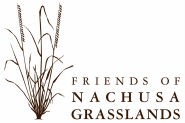
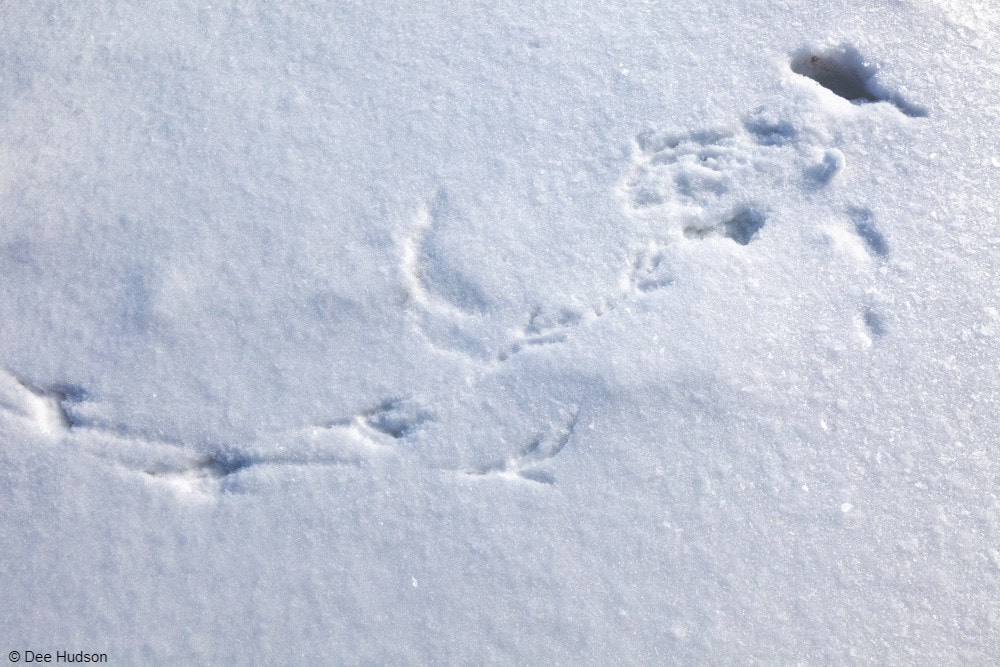
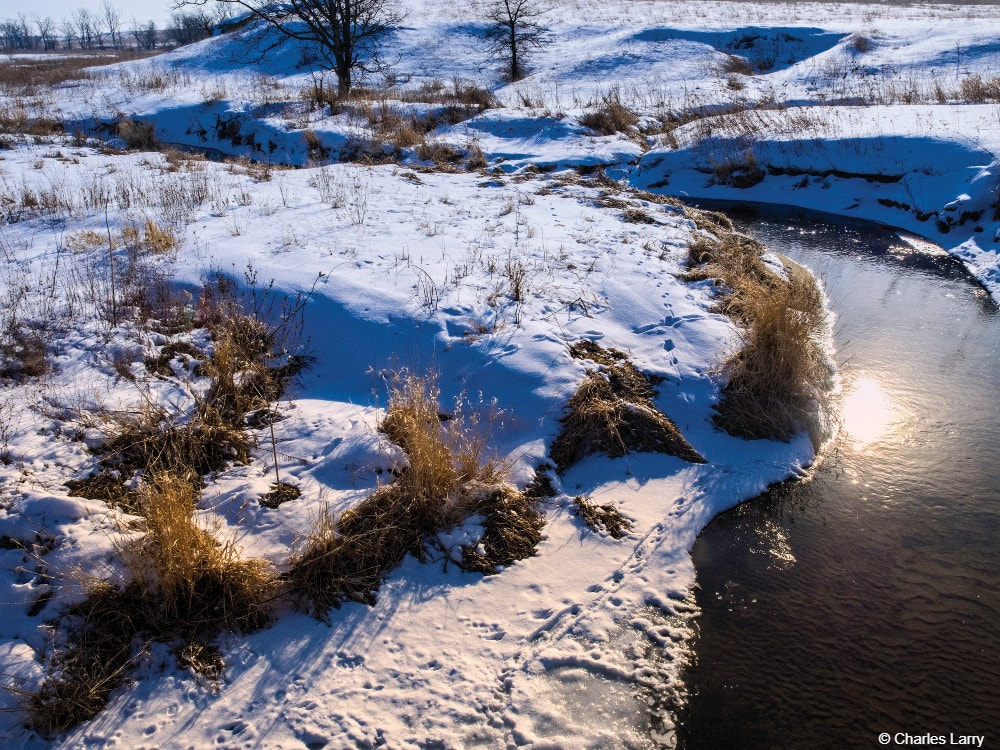
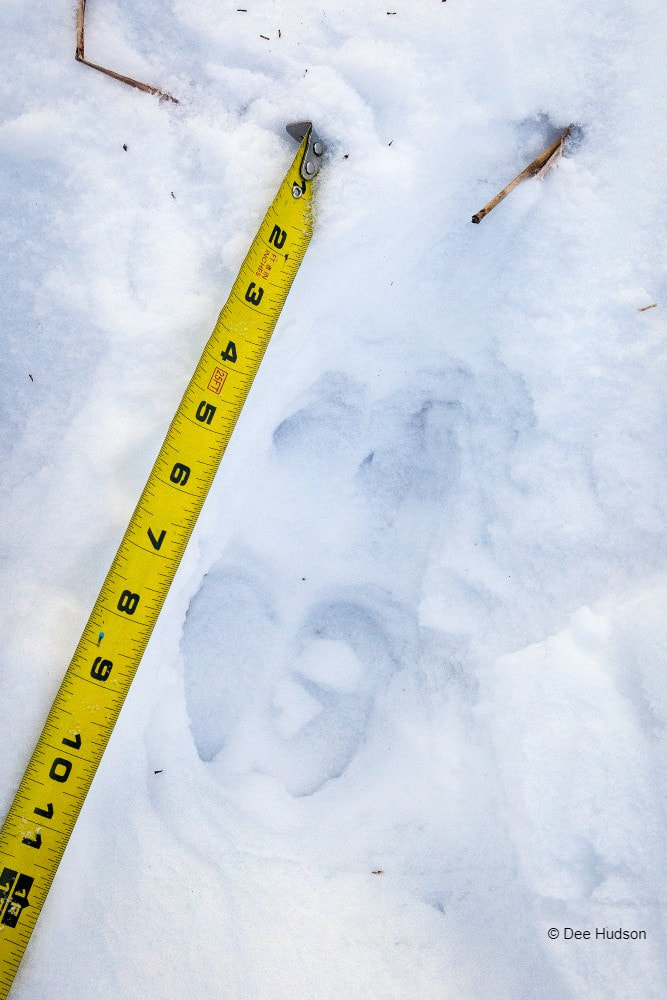
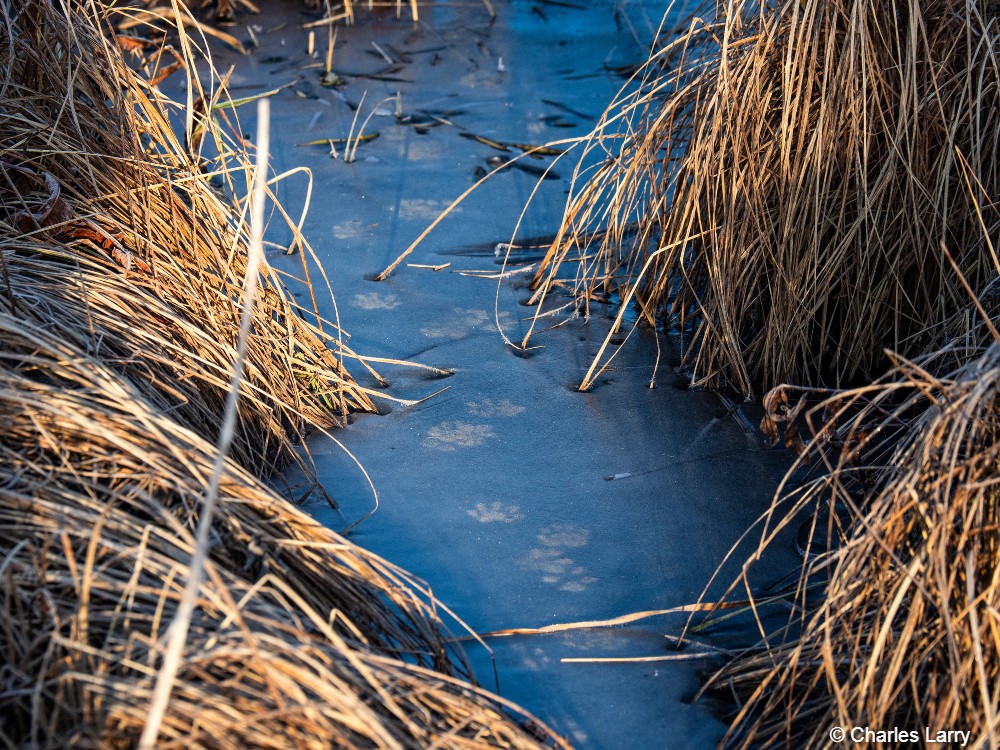
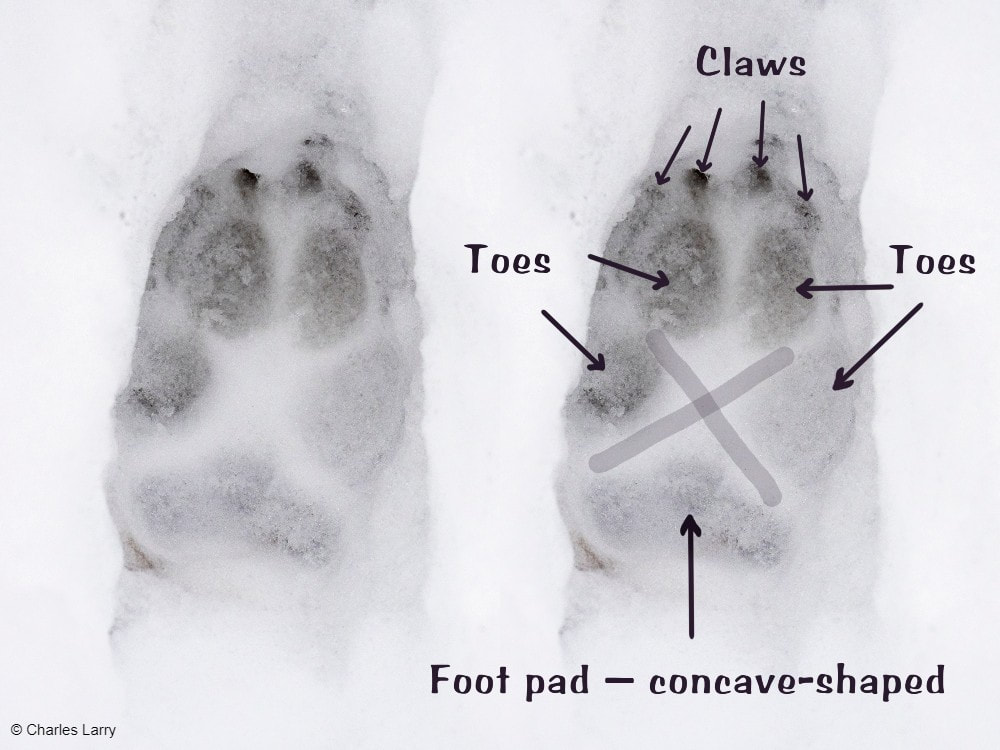


 RSS Feed
RSS Feed